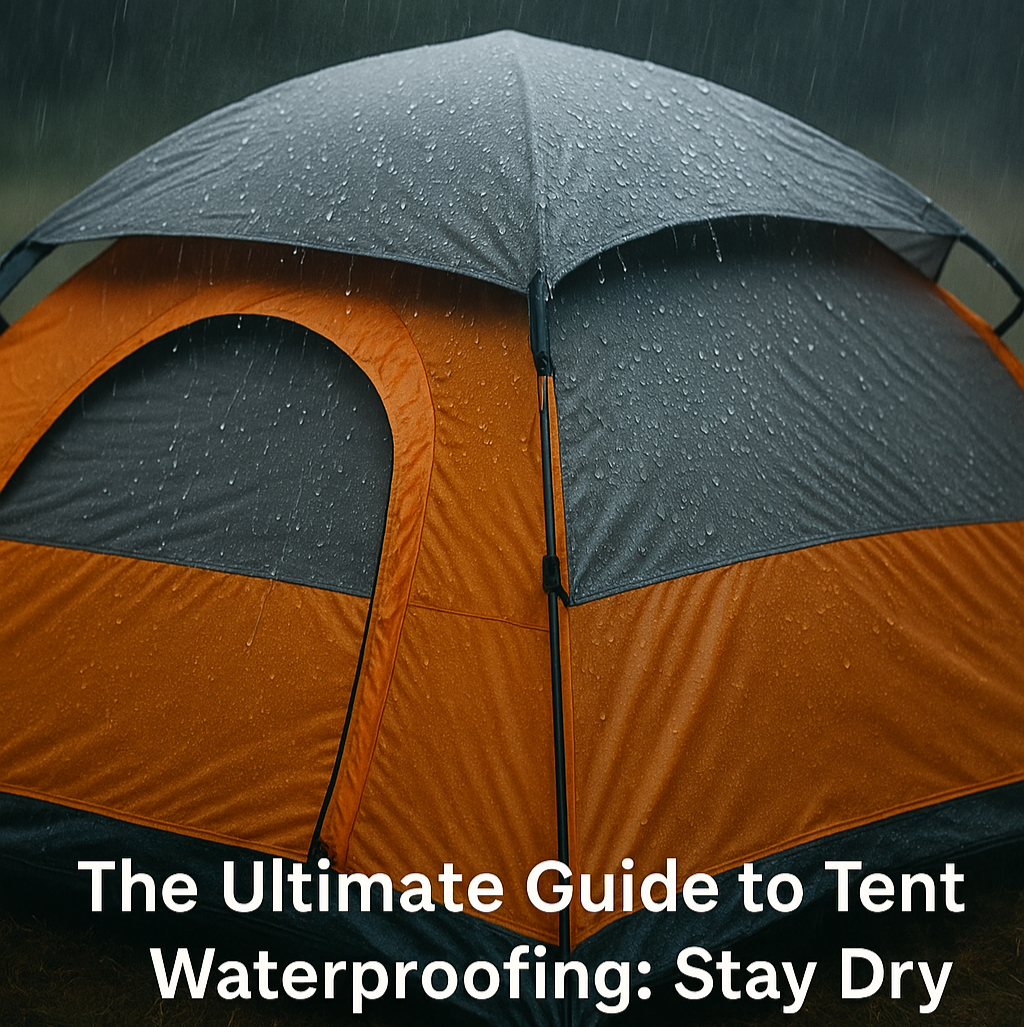There’s nothing worse than waking up in a wet sleeping bag after a night of rain in the wilderness. Whether you're camping in the outback or just spending a weekend in your local national park, keeping your tent waterproof is essential for comfort and safety. In this guide, we’ll break down everything you need to know about tent waterproofing—what it is, why it matters, how to check your tent's waterproof rating, and how to maintain or improve it.
**What Does "Waterproof" Really Mean?**
Not all tents are created equal. Some are designed to handle light morning dew, while others can withstand hours of heavy downpour. The term "waterproof" generally refers to a tent’s ability to resist water penetration. This depends on several factors:
* **Fabric coating or membrane** (like polyurethane or silicone)
* **Seam sealing** (prevents water from seeping through stitching holes)
* **Tent design** (like overlapping rainfly and bathtub floors)
**Understanding Hydrostatic Head Ratings**
Waterproofing is measured in **millimetres of hydrostatic head (HH)**. The higher the rating, the more water pressure the fabric can withstand before it leaks. Here's a quick breakdown:
| **HH Rating (mm)** | **Water Resistance Level** | **Suitable For** |
| ------------------ | -------------------------- | ---------------- |
| 800–1,200 | Water-resistant | Light rain/dew |
| 1,500–3,000 | Waterproof | Moderate rain |
| 3,000–5,000+ | Highly waterproof | Heavy rainstorms |
Most good-quality tents for outdoor camping fall between **1,500 and 4,000 mm** HH.
**How to Waterproof Your Tent (Step-by-Step)**
If your tent is starting to leak, don’t worry—you can re-waterproof it with a few easy steps:
1. **Clean the Tent**
Use mild soap and a sponge to gently clean the fabric. Dirt and grime can reduce the effectiveness of waterproof coatings.
2. **Reseal the Seams**
Apply seam sealer to all sewn edges using a small brush or applicator. Let it dry fully before packing.
3. **Apply Waterproofing Spray**
Choose a spray suitable for your tent’s fabric (usually silicone- or PU-based). Spray evenly across the fly and floor. Wipe off excess, then let it dry completely.
4. **Re-coat the Tent Floor**
Use a dedicated tent floor sealant to add another waterproof barrier to the base.
---
**Bonus Tips for a Dry Camping Experience**
* **Always use a groundsheet or footprint** under your tent to prevent ground moisture from seeping in.
* **Pitch on elevated ground**, not in low spots where water might pool.
* **Ensure good ventilation** inside the tent to reduce condensation (which can mimic a leak).
* **Dry your tent completely** before packing to avoid mildew.
---
**Conclusion: Waterproofing = Longer Tent Life**
A well-maintained, waterproof tent not only keeps you dry and comfortable but also extends the life of your gear. With a little bit of effort, you can make sure your tent is ready for any weather—rain or shine.
If you’re shopping for a new tent or want recommendations on waterproofing products, check out our new tent or visit our online store(Gillibrand outdoor).

